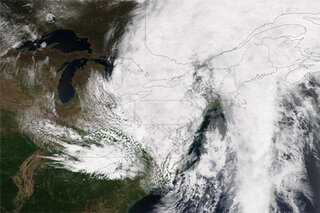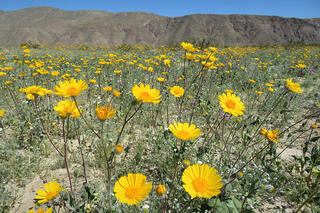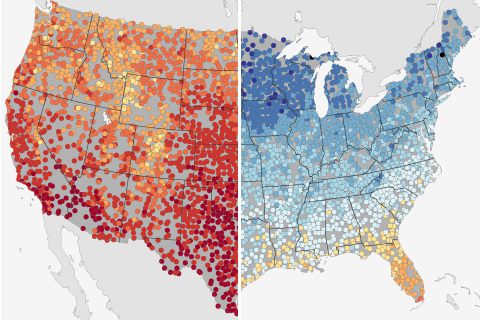
Based on historical climate data from thousands of stations across the United States, these maps show the warmest and coldest daytime high temperatures ever recorded at a given location on March 19—the astronomical first day of spring.
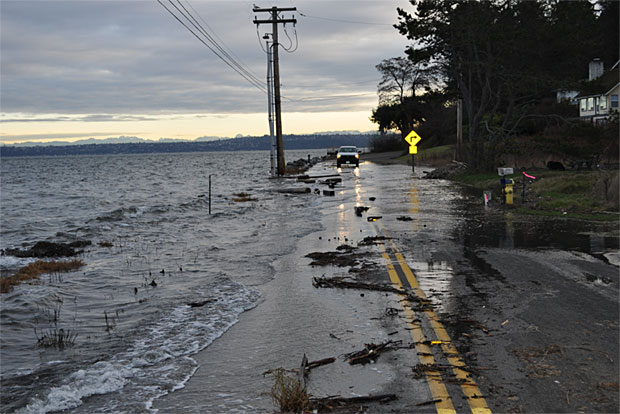
A Q & A about the science of detecting the influence of global warming on hurricanes, fires, and other extreme events.
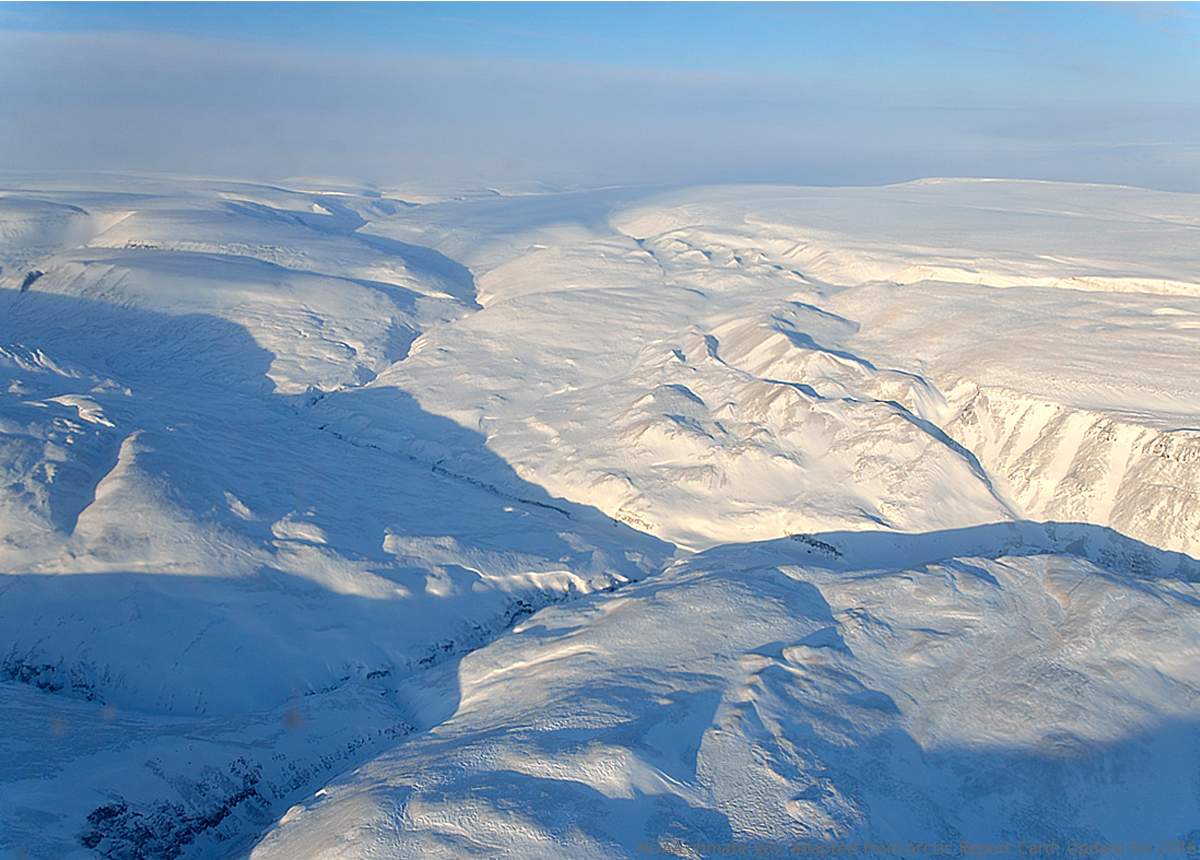
A new NOAA-sponsored report shows that unprecedented warming air temperature in 2016 triggered massive declines in sea ice and snow cover across the Arctic, and brought a record-breaking delay to fall sea ice freeze up. Learn more through our image highlights of the 2016 Arctic Report Card.
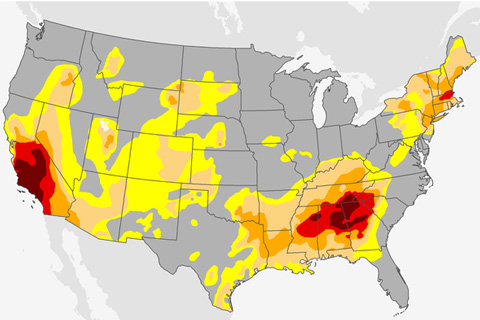
Multi-year drought in California has been joined this summer and fall by extreme and exceptional drought across the Southeast and moderate to severe drought in parts of New England.
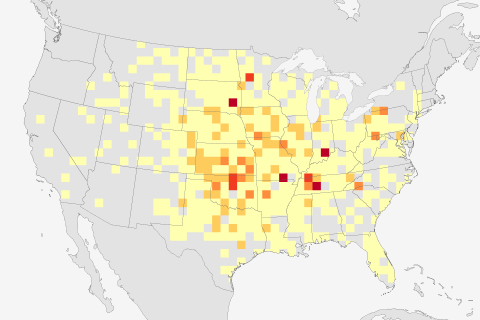
Using a combination of observations and models, NOAA-funded scientists have found a small but significant “advanced warning” signal for heightened summer tornado activity in the U.S.: warmer-than-average water temperatures in the Gulf of Mexico
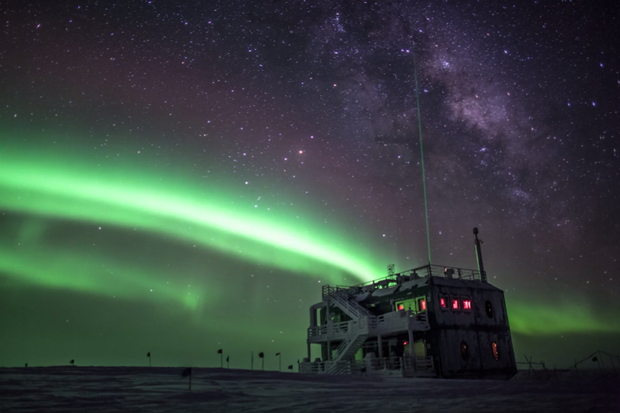
The ozone hole didn't cause global warming, but climate and the ozone hole are related in other ways.
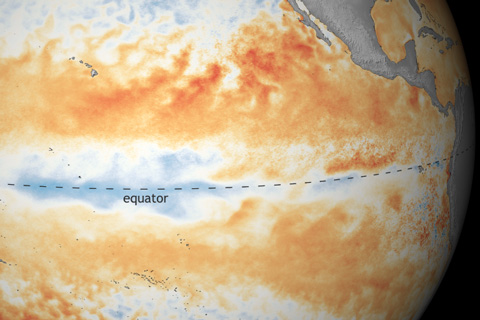
The tropical Pacific has cooled since the end of El Niño this spring, but the pace of cooling had slowed as of August.
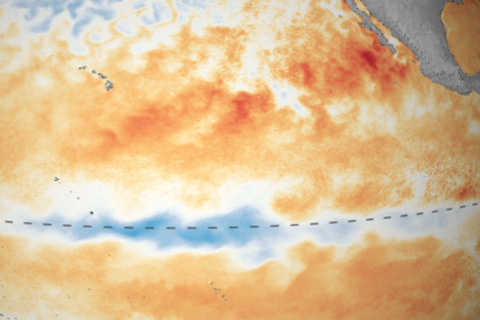
Climate experts are keeping their eyes on the tropical Pacific, watching a strip of cool water that may be one indicator that La Niña is brewing.
